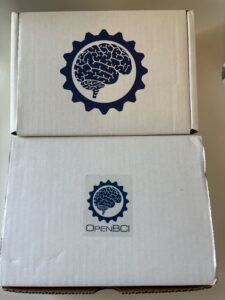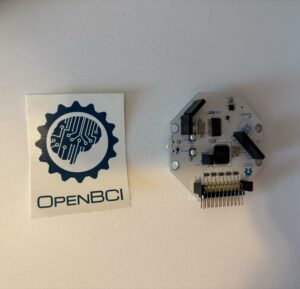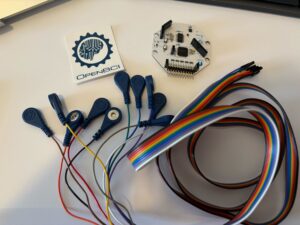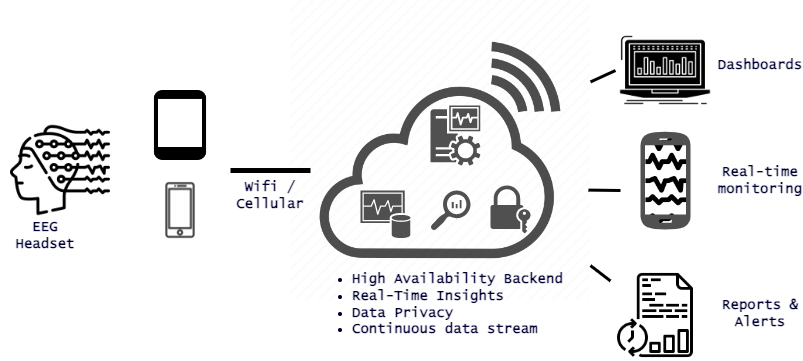I just received my new OpenBIC kit. It includes 8 electrodes and one Cyon Biosensing Board.



I just received my new OpenBIC kit. It includes 8 electrodes and one Cyon Biosensing Board.



As we continue to move forward to an Internet of Things (IoT) and cloud computing scenario in the research and healthcare world, new applications have shown very promising results in real-time patient monitoring, device connectivity, and state-of-the-art data processing. Brain activity monitoring is crucial for research and healthcare applications. The use of Electroencephalography (EEG) signals can be a low-cost, reliable, and portable solution to record and stream brain signals. I propose to build a real-time remote platform using low-cost EEG headsets and modern cloud technologies.
The World Health Organization (WHO) describes telemedicine or e-Health as the use of technology related to informatics and telecommunication directed to provide a positive effect on the patient’s health status. The goals of telemedicine are to (1) improve access to health care for remote areas, (2) provide physicians with better tools for virtual consultation, (3) allow physicians to conduct remote assessments, (4) reduce healthcare costs, (5) provide health-care services to a wider geographic region and or population, (6) improve diagnostics and monitoring, and (7) reduce the need to transport patients to care facilities. It has been estimated that Telehealth utilization has increased at levels 38X higher than before the pandemic. As well as investments in virtual health continue to accelerate. The total venture capital investment into the digital health space in 2021 totaled $29.2 billion, which was more than all of the investments in 2020 and 2019 together ($22 billion). It’s estimated that this trend will continue during 2022 and 2023. Funding for digital health solutions monitoring disease rose from eighth to the third most funded at the national level.
This project plans to build a remote monitoring system for electrical brain activity (EEG). I will create a telemedicine platform capable of monitor, store, stream and display brain activity to a centralized location, allowing healthcare and research professionals to continually asses in real-time the current condition of a patient. This particular work will bring state of the art technology to remote monitoring and diagnostics. A field that started to show great potential after the events of the past couple of years, in which in-person medical evaluation has faced many challenges. And more importantly, for patients who are vulnerable and require special care.

In order to achieve success with the platform, I will build it using my experience in real-time data applications in addition to my research work in neuroscience. Also, being exposed to various startups gives me the confidence to drive innovation in the health tech field. The project will consist of various phases following an Agile development approach.
I also intend to support research in neuroscience by expanding the opportunities of remote brain scanning, which can be applicable in other areas of brain & neural research, contributing to advance not only in the healthcare field but also in the research space in the United States, generating a positive national impact with the platform.